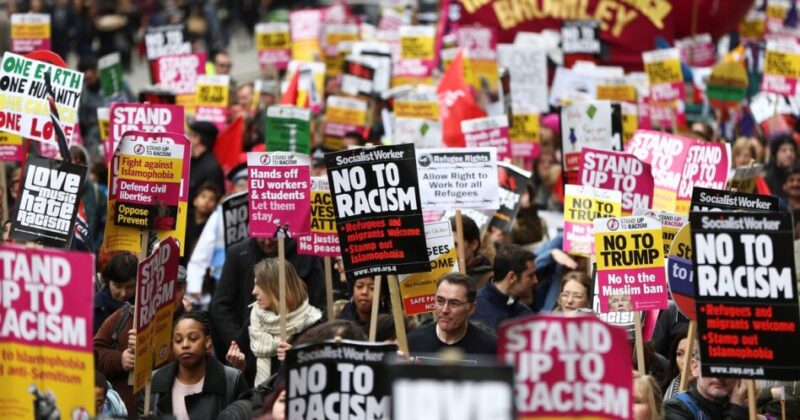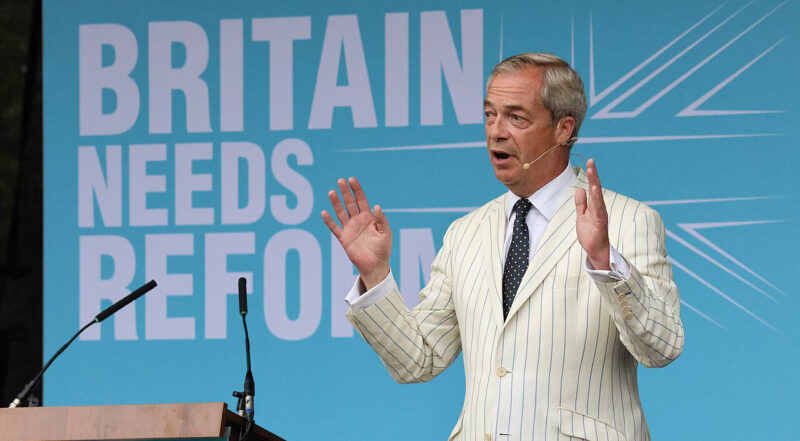Growth up, unemployment down… is the recession over?
 Last week, the Tory front bench looked its smug worst again as economic data seemed to support their narrative that austerity is working. But Jeremy Dewar looks beyond the headline figures to find a different story
Last week, the Tory front bench looked its smug worst again as economic data seemed to support their narrative that austerity is working. But Jeremy Dewar looks beyond the headline figures to find a different story
In recovery of flat-lining?
Britain is officially out of recession, with Office for National Statistics (ONS) figures showing that the economy grew by 1 per cent in the third quarter of 2012. “We’re on the right track,” crowed Prime Minister David Cameron. Chancellor George Osborne smirked, “The economy is healing and we have the right approach.”
But the ONS report itself was far less adamant; admitting that 0.2 per cent of that “growth” could be accounted for by ticket sales to the Olympic Games, a one-off factor if ever there was one. The temporary jobs created by the Games would have added more short-term growth. Rises in transport and hotel & catering could also be partly explained by the Olympics boost.
Further, the ONS predicted back in July that this quarter’s figures would gain by about 0.5 per cent simply because June’s extra bank holiday had depressed the baseline.
So the underlying growth reported is closer to 0.3 per cent, a fact picked up by The Guardian’s Larry Elliot. Labour’s Ed Balls pointed out that, even if one took this quarter’s figures at face value, the “economy is only just back to the same size as a year ago – 12 months of damaging flat-lining which has seen borrowing rise in the first half of this year”.
Looking at the different sectors does not give much ground for optimism either. Manufacturing is down again, as is the long-suffering construction sector, by 2.5 per cent. The massive cuts in public sector construction will continue to erode jobs, outside of a few prestige projects like Crossrail in London. It is hard to see how tinkering about with building regulations is going to provide a fillip to the industry, nor how British factories are going to grow through export when the Eurozone is in crisis and recession itself.
Commentators are also wary of saying banking and business services have turned the corner despite a 1 per cent rise. For example, the 10,000 job losses announced by UBS could be a sign of further downsizing.
All in all, the City was far from ebullient in its welcome for the statistics. Chris Williamson of Markit said it was “unlikely that the UK will see such a strong performance again for some time… in fact there is plenty of evidence to suggest that momentum is being lost again. There is a real risk that a return to contraction might be seen again in the fourth quarter.” Howard Archer, of IHS Global Insight, agreed, “further relapses remain a very real possibility.”
Trade unionists and activists should remember – and remind people – that Britain’s economy is still 3 per cent smaller than it was in 2007. We are still in the longest and deepest downturn since the 1930s.
The rise of the part-time worker
The fall in unemployment figures is more sustained over the past few months and now stands at its lowest level since June 2011. There are also a record number of people in work, due to the overall increase in the available workforce.
Nevertheless, there are still over 2.5 million people looking for work and 1.6 million on the dole. Nearly a million young people – one in five – are not in education, employment or training. The John Rowntree Foundation says that 66 people are chasing every retail job and one in four young black men are jobless. So the fight for jobs and against every cut is still vital.
In addition, long-term unemployment remains stubbornly high and is actually increasing, with 904,000 out of work for over a year. This is the layer of workers that the unions and anti-cuts campaigns need to organize, giving them hope for the future – or they will become prey to petty crime, and the politics of despair – fascism.
There is another catch in the official statistics, as you would expect, and it is in the nature of work that is emerging from the recession. It is more likely to be part-time, lower paid, or rather dodgy-looking “self-employment”.
Full time jobs – like the 60,000 jobs losses in the civil service over the past two years, or the 500 Ford job cuts recently announced – are not being replaced like for like. And with further cuts in the pipeline – UBS, Vauxhall cars, and the 80 per cent of public sector cuts still to be implemented – this trend will continue.
John Philpott of the Chartered Institute of Personnel and Development says that one in three new jobs are “mini-jobs” of less than 15 hours a week; 54 per cent of them, i.e. over half, are under 30 hours a week. Since the economic crisis hit in 2007, part time work has increased by over 350,000; there are now 8.1 million part timers in Britain.
Over the same period there have been a fall of 600,000 full-time jobs. It is estimated that 18 per cent of part-timers would like to work longer hours, but the jobs do not exist for them.
In addition, there has been an unprecedented rise in the number of self-employed workers: an increase of 350,000 since 2007. Over half of these, 200,000 are also part-time, a quarter of them, according to the ONS, being in “elementary occupations”.
Clearly the tougher than ever benefits regime has forced many unemployed workers into registering self-employed and making up a subsistence wage with working credits and housing benefit, etc.
The other fact about part-time work is that it generally attracts part-time, i.e. lower wages. Part time work also tends often to be temporary work, which again attracts lower wages. There has also been a dramatic increase in temporary and agency working in Britain over many, many years. The French have a word for this précarité – precarious working and its is a Europe wide phenomenon.
Falling real wages
According to PayScale the average wage of permanent full-time staff is £24,477, while pay for part-timers averages at £15,022 and for temporary staff, £18,918.
But we should beware of any attempt to pit “privileged” full-time workers against part-time workers. The truth is that all workers’ wages have been and continue to fall behind inflation and the cost of living. Frances O’Grady, the TUC General Secretary in waiting, says that for the average worker on £26,000 a year, s/he “is £1,500 a year poorer than they were three years ago” and that the “proportion of economic gains going on wages has been falling for 30 years”.
In fact wages have been falling behind inflation for all bar three months in the 50 month period since June 2008 – and this is according to the discredited CPI scale, rather than the more generally accepted RPI scale of inflation.
And inflation is set for another destructive impact on our pockets, with food prices rising again following poor rice, wheat and potato harvests across the world, and energy companies raising prices again by between 7 and 10 per cent in the next few months.
Against this backdrop, the minimum wage was raised by a measly 11p at the beginning of October to £6.19. If it had been pegged to top executives’ pay back in 1999, when it was introduced, it would now be £19 an hour. New research shows that one in five workers – 4.8 million people – earn less than the living wage of £7.30 and hour (£8.30 in London).
This is the real picture of Tory Britain – where the capitalist crisis is being paid for by mass unemployment, underemployment, as full-time, secure jobs are replaced by part-time, insecure and lower paid work, and falling real pay.
It is why hundreds of thousands marched with the TUC in October, demanding more action – a general strike – to stop the cuts and bring down this cruel government.
For a long while the big unions have neglected and ignored these workers and done little or nothing to organise the unemployed and bring them into the labour movement. Today some like Unite are beginning to stir on this front. Yet these mainly young workers have an enormous potential of militancy and creativity.
A general strike, if it is to be effective, cannot be a legalist and bureaucratic manoeuvre of the existing union memberships, mainly in the public sector. It needs to be a real uprising of the millions of young workers in precarious jobs, and the unemployed too, including their mass recruitment into a transformed trade union and socialist movement.






